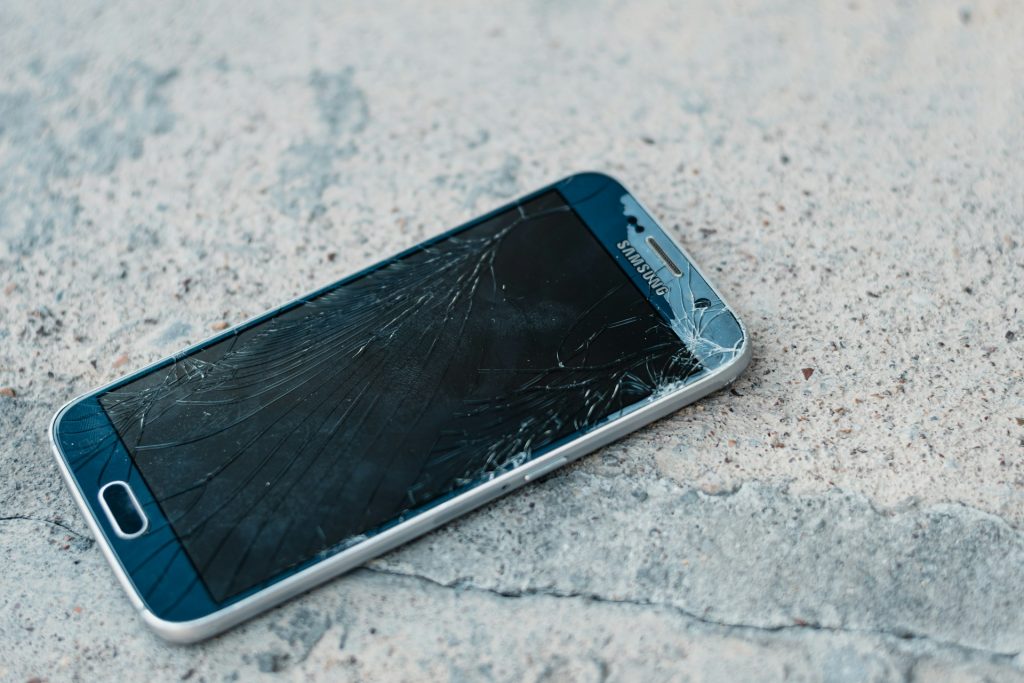
Image Source: unsplash.com
Have you ever been at the checkout counter, ready to pay for your new laptop or refrigerator, when the salesperson offers you an extended warranty? That moment of decision can be surprisingly stressful. On one hand, protection against future repairs sounds sensible. Conversely, you’re adding significant cost to your purchase for something you might never use. This article breaks down the reality behind extended warranties, helping you make informed decisions about when they’re worth it and when they’re simply draining your wallet.
1. What Extended Warranties Cover (And What They Don’t)
Extended warranties typically begin after the manufacturer’s warranty expires, providing additional years of protection. These plans often cover mechanical failures and defects that occur during normal use of the product. Many extended warranties exclude coverage for accidental damage, which is precisely the protection most consumers actually need. The fine print frequently contains numerous exclusions that can make your warranty nearly worthless in common scenarios. Repair technicians may be limited to company-approved providers, potentially resulting in longer wait times than if you arranged repairs independently. Understanding these limitations before purchase is crucial, as many consumers mistakenly believe they’re getting comprehensive protection.
2. The Financial Math Behind Warranty Decisions
Extended warranties typically cost between 10% and 30% of the product’s purchase price, a significant premium for protection you may never use. Statistics show that most electronic products either fail within the manufacturer’s warranty period or continue functioning well beyond the extended coverage timeframe. The “sweet spot” for failures that would be covered exclusively by an extended warranty represents a relatively small percentage of cases. Financial experts often recommend setting aside the money you would spend on warranties in a dedicated “repair fund” instead, potentially saving thousands over your lifetime. This self-insurance approach gives you the flexibility to repair or replace items as needed without being locked into specific warranty terms.
3. Products Where Extended Warranties Might Make Sense
High-end appliances with complex technology and expensive repair costs can sometimes justify extended warranty protection. Certain products like refrigerators, washing machines, and dishwashers have higher repair frequencies and costs that might make warranty coverage worthwhile. Electronic devices that will experience heavy use or travel frequently, such as laptops for college students, may benefit from additional protection plans that include accidental damage coverage. Products where repair costs approach replacement value, such as large-screen TVs or high-end smartphones, present stronger cases for extended coverage. However, even in these categories, consumers should carefully compare the warranty cost against the statistical likelihood of needing repairs during the covered period.
4. The Psychological Tactics Used to Sell Warranties
Retailers emphasize extended warranties because they typically generate 40-80% profit margins, far exceeding the margins on the products themselves. Sales associates often receive substantial commissions for warranty sales, creating a strong incentive to use persuasive tactics. The presentation of warranties exploits loss aversion—our tendency to fear potential losses more than we value equivalent gains. Salespeople frequently use urgency (“this offer is only available today”) and fear-based selling to push immediate decisions. Understanding these psychological triggers can help you resist pressure and make rational decisions based on value rather than emotion.
5. Smart Alternatives to Purchasing Extended Warranties
Many credit cards automatically extend manufacturer warranties by up to one year on purchases, providing free additional protection. Homeowners’ and renters’ insurance policies sometimes cover accidental damage to electronics and appliances, making separate warranties redundant. Researching product reliability through consumer reports and reviews before purchase can help you select items less likely to need repairs. Setting aside the money you would have spent on warranties creates a self-insurance fund that can cover repairs or replacements for any product. Purchasing from retailers with generous return policies and manufacturers known for good customer service reduces the need for additional protection plans.
Making Protection Decisions That Protect Your Finances
Extended warranties represent a $40 billion industry that thrives on consumer uncertainty and fear of unexpected expenses. The most financially sound approach is typically to purchase reliable products, maintain them properly, and self-insure through dedicated savings. When considering any warranty, calculate the worst-case repair scenario and compare it to the warranty cost to determine if the math works in your favor. Remember that peace of mind has value, but it shouldn’t come at an inflated price that statistically benefits the warranty provider more than you. The next time a salesperson pitches an extended warranty, you’ll be equipped to decide based on value rather than pressure.
Have you ever purchased an extended warranty that saved you money, or do you regret buying one that was never used? Share your experience in the comments below!
Read More





